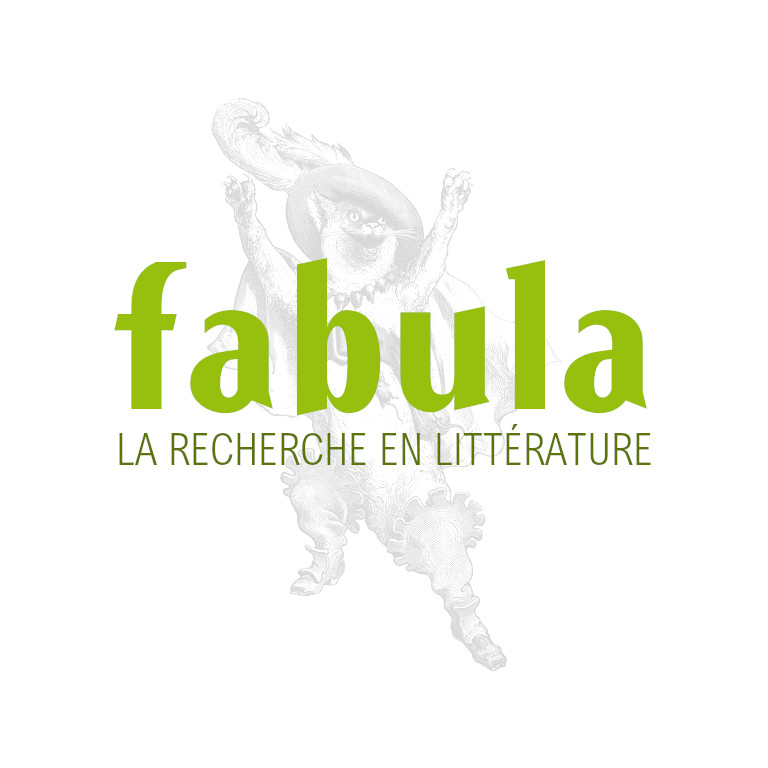
Call For Papers
“FOUR-FOOTED ACTORS: LIVE ANIMALS ON THE STAGE”
University of Valencia, Spain
12-14 December 2012
Writing in 1899, Frederick Dolman argued in an article titled “Four-Footed Actors: About Some Well-Known Animals that Appear in the London and Provincial Stage” that the “growth of variety theatres and the decay of comic songs” had developed in “several kinds of diversion, not the least of which is furnished by the art of the animal-trainer” (The English Illustrated Magazine, Sep. 1899, 192, p. 521). Dolman was describing the large-scale entertainments starring animals that had taken over traditional spectator recreations for the last century in a manner not unlike the success of music-halls and professional sport. In this sense, Lord George Sanger’s zoological pantomimes best reflected the spirit of the new age and the advent of the commercialisation of leisure. As recalled by himself, the cast in the production of Gulliver’s Travels included “three hundred girls, two hundred men, two hundred children, thirteen elephants, nine camels, and fifty-two horses, in addition to ostriches, emus, pelicans, deer of all kinds, kangaroos, Indian buffaloes, Brahmin bulls, and (…) two living lions led by the collar and chain into the centre of the group”.
Indeed, popular amusements have featured animals since antiquity, as shown by wild animal fights (venationes and bestiarii) and ritual slaughters (hecatombs) in Greek and Roman amphitheatres. Similarly, trained animal performances peppered medieval Europe. A newspaper article published in The Saturday Magazine in 1839 described a 12th-century Anglo-Saxon manuscript portraying a joculator with his pipe and tabor, accompanied by a dancing bear and dogs and even a cock on stilts. The author sadly deplored the spread of such activities amongst civilized societies and regretted the audience’s infatuation with them. “What is the feeling that prompts men to run after exhibitions of this kind? It is an admiration of the skill displayed by the animal, or that displayed by the owner in teaching the animal, or merely a love for the grotesque and marvellous let it be shown in what way it may?” (The Saturday Magazine, April 27, 1839). Dogs, horses, pigs, goats, cocks, bears, monkeys and “quadrupeds of all sorts and sizes” frequently performed in Europe. Memorable shows include Astley’s equestrian drama or the antics of Nicolet’s monkey Turco in Paris, who was capable of imitating the Comédie-Française actor Molé. Further extravagances like tightrope dancing canaries, horse-riding oxen, card-playing deer, soldier-marching little birds, pigs solving mathematical puzzles, boxing kangaroos, and dogs setting-off cannons, amongst many other animaux savants shows, delighted every kind of audience. As early as 1572, Thomas Cartwright mockingly declared in his admonition to Parliament against the use of the Common Prayer that “if there be a bull or a bear to be baited in the afternoon, or a jackanapes to ride on horseback, the minister hurries the service over in a shameful manner, in order to be present at the show” (The Saturday Magazine, April 27, 1839).
The industrialisation of public spectacle turned classic animal performances into monumental, exotic shows, ranging from grand opera played on horseback to the vivid representation of a city siege with dogs. Not until the eighteenth and nineteenth centuries did the drama witness such an eclosion of hybrid theatrical forms in which live animals acquired an essential part in the syntactic, thematic and dynamic development of the play.
The aim of this conference is to explore the role of live animals on the stage, from the early modern era to the present time. Papers dealing with visual or textual representations of performing animals, typologies of animals in the theatre, the hybridisation of the drama with the circus, the zoo and the cinema, as well as the semiotic transfer of animal roles from the text to the stage are particularly welcome. Corollary topics may also include, but are not limited to:
-Animals and the birth of the mass-entertainment industry
-Animals and melodrama
-Animals and pantomime
-Educability and animal training for the stage
-Sentience and animals as moral beings
-Anthropocentrism over non-human others
-Animal cruelty and speciesism on the stage
-Acting animals and spirituality
-Animal impersonators
-Hygiene and public safety measures and regulations in playhouses
-Stage mimicry
-Animal welfare and national identity
-Animal acting and stage scenery
-Performing animals and music
-Animals on the stage and Darwinism
-Domestic vs wild animals on the stage
-Animals on the stage and the animal rights movement (19th-20th centuries)
-Animal and gender roles on the stage
Contributions:
Contributions are sought from researchers at any stage of their careers. Abstracts (300 words) in English or Spanish for 25-minute papers should be sent along with a short biographical note by 1 June 2012 to Ignacio.Ramos@uv.es
Acceptance will be notified no later than July 2012.
Conference fees and registration:
Speakers: 60 euros
Attendees: 20 euros
Organising committee:
Department of French & Italian Philology
Department of English & German Philology